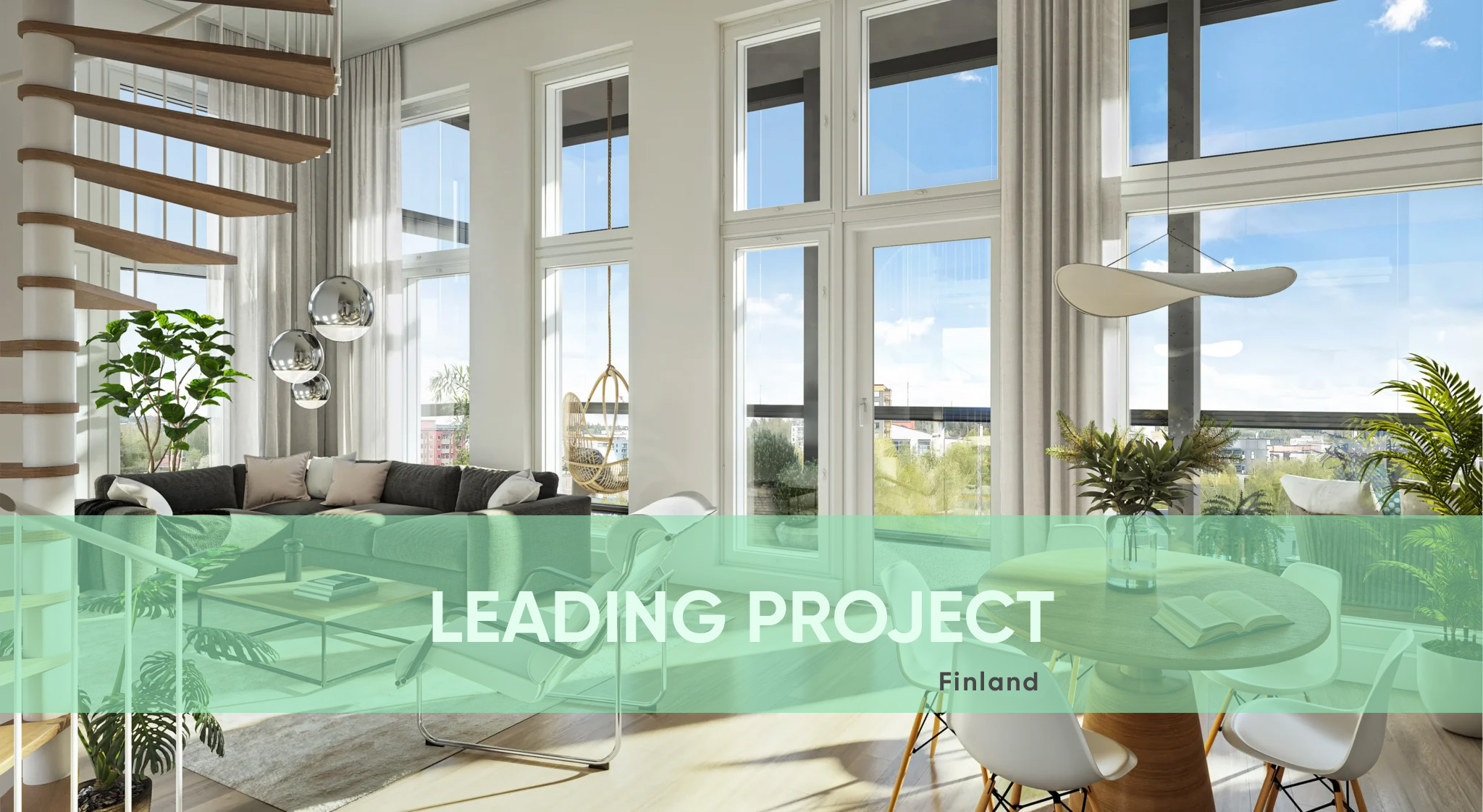Real estate development requires a careful balance of design, feasibility, and environmental considerations, all of which demand fast, data-driven decisions. T2H Rakennus Oy, a Finnish developer known for creating liveable and affordable homes, successfully piloted Autodesk’s Spacemaker to enhance their site assessment and design processes. During a four-month period, T2H evaluated 70 sites using Spacemaker, reducing the time spent per site by approximately 50%.
By incorporating Spacemaker, now part of Autodesk Forma, into their workflow, T2H has been able to streamline site selection, accelerate feasibility studies, and produce more sustainable, data-backed designs. This AI-driven platform has played a key role in transforming how they approach complex development challenges.
The Challenge: Traditional Feasibility Studies Were Time-Consuming and Risky
Before adopting Spacemaker, T2H, like many real estate developers, relied on traditional methods to assess the feasibility of development sites. These methods were often time-consuming, involving long rounds of analysis and back-and-forth iterations to factor in zoning laws, environmental constraints, and urban conditions. The traditional process also left room for human error and oversights, which could lead to costly mistakes later in the development cycle.
T2H was searching for a more efficient way to analyze multiple sites, assess environmental impact, and make informed, data-backed decisions early in the development process, without sacrificing quality or sustainability.
The Solution: Spacemaker’s AI-Powered Site Analysis
Spacemaker (now part of Autodesk Forma) provides developers like T2H with the ability to run real-time feasibility studies and analyze multiple site conditions quickly. By leveraging AI and advanced simulations, Spacemaker helps developers optimize their designs and make smarter, more sustainable decisions early in the process.
Here’s how T2H used Spacemaker:
Rapid Site Feasibility Analysis Spacemaker enables T2H to analyze and compare potential development sites much faster than traditional methods. With the platform, they can assess critical factors like solar exposure, wind conditions, acoustic performance, and topography to understand how a site’s characteristics might affect the future building’s performance. This allows T2H to evaluate multiple options in hours, not weeks.
Environmental Simulations and Performance Optimization Spacemaker’s ability to run detailed environmental simulations is one of its standout features. For T2H, this meant being able to evaluate a site’s sunlight access, wind exposure, noise levels, and surrounding urban context. Using this data, T2H could design more sustainable, energy-efficient buildings and mitigate issues such as excess noise or poor natural lighting before construction even began.
Design Optimization with Data-Driven Insights Spacemaker helped T2H’s team to not just analyze the physical properties of a site but also optimize the layout of buildings. By running multiple design scenarios based on the available data, Spacemaker suggested the most efficient configurations to maximize space, natural light, and energy efficiency. This early optimization contributed to a better overall design and reduced costs in the long run.
Increased Collaboration and Seamless Workflow. The integration of Spacemaker with other BIM tools (like Revit and AutoCAD) meant that T2H could maintain a collaborative workflow throughout the development process. Real-time data from Spacemaker could be shared across teams—architects, engineers, and planners—allowing them to work together more efficiently and avoid potential errors due to misaligned information.
The Results: Smarter, More Sustainable Projects
By incorporating Spacemaker into their early-stage planning, T2H has been able to achieve the following benefits:
Faster Decision-Making: What would have taken weeks of analysis could now be done in hours. T2H could make faster, better-informed decisions regarding site selection and design direction.
Reduced Risk: Spacemaker’s simulations ensured that potential risks, like poor natural lighting or wind exposure, were addressed early on. This not only led to more sustainable designs but also reduced the risk of costly mistakes down the line.
Improved Design Quality: With data-backed insights, T2H was able to design more energy-efficient, sustainable buildings that prioritized natural light, ventilation, and acoustics, making them more comfortable for future residents.
Enhanced Collaboration: The ability to integrate Spacemaker into their existing workflow and collaborate seamlessly across teams ensured that everyone was on the same page and working with the most current, accurate data.
Looking Ahead: Autodesk Forma as the Future of Real Estate Development
By adopting Autodesk Forma (formerly Spacemaker), T2H has positioned itself as a forward-thinking developer in an increasingly digital world. The platform’s ability to rapidly assess site conditions and generate optimized designs is helping T2H stay ahead of the competition and deliver innovative, sustainable projects that meet the needs of today’s urban environment.
For real estate developers and city planners looking to enhance their processes, integrating AI-powered tools like Autodesk Forma offers a tremendous opportunity to accelerate feasibility studies, optimize design performance, and ensure sustainable development. With faster, smarter decisions, developers can stay ahead of the competition and reduce both time and costs while improving the quality of their projects.

Leave a Reply